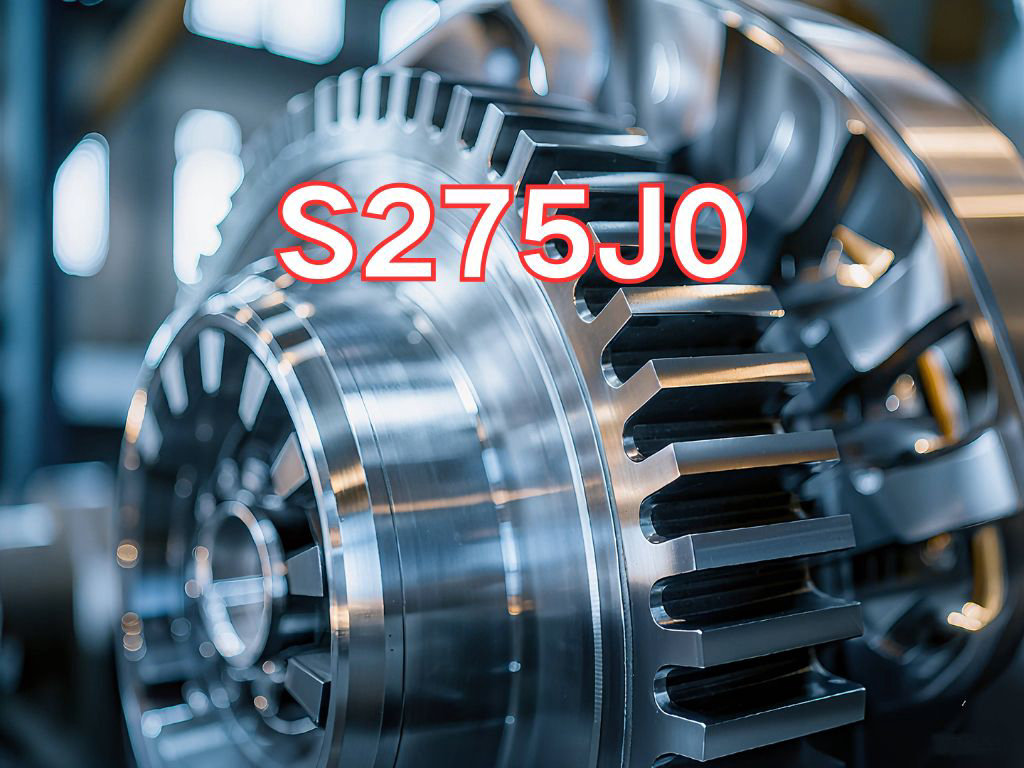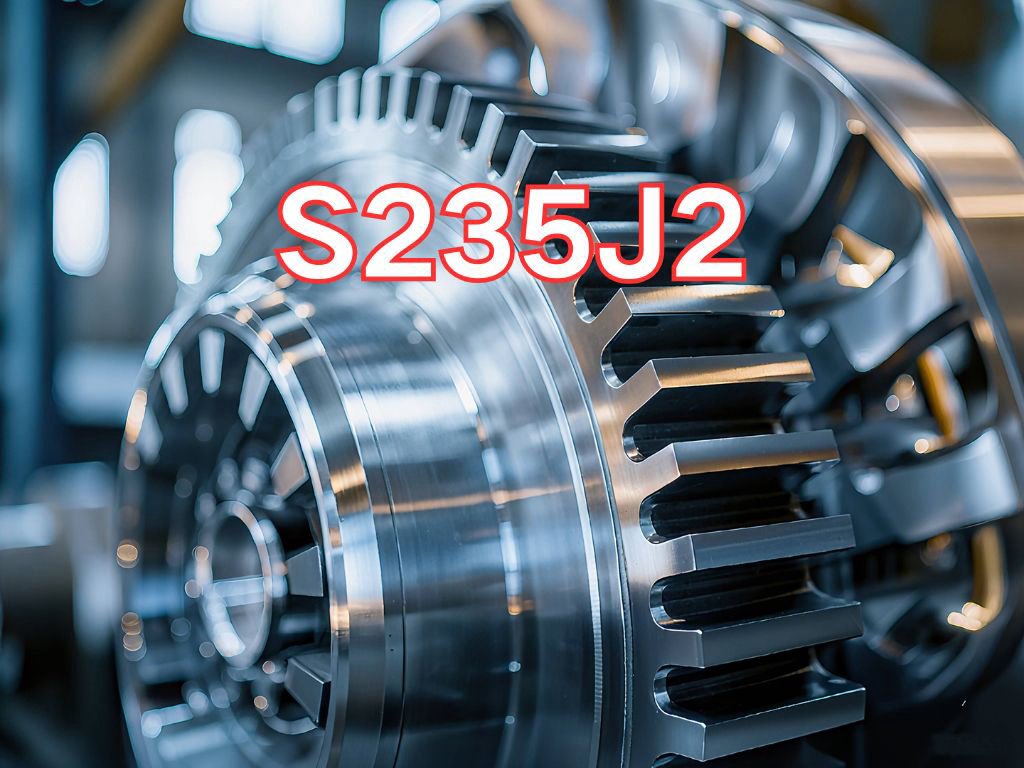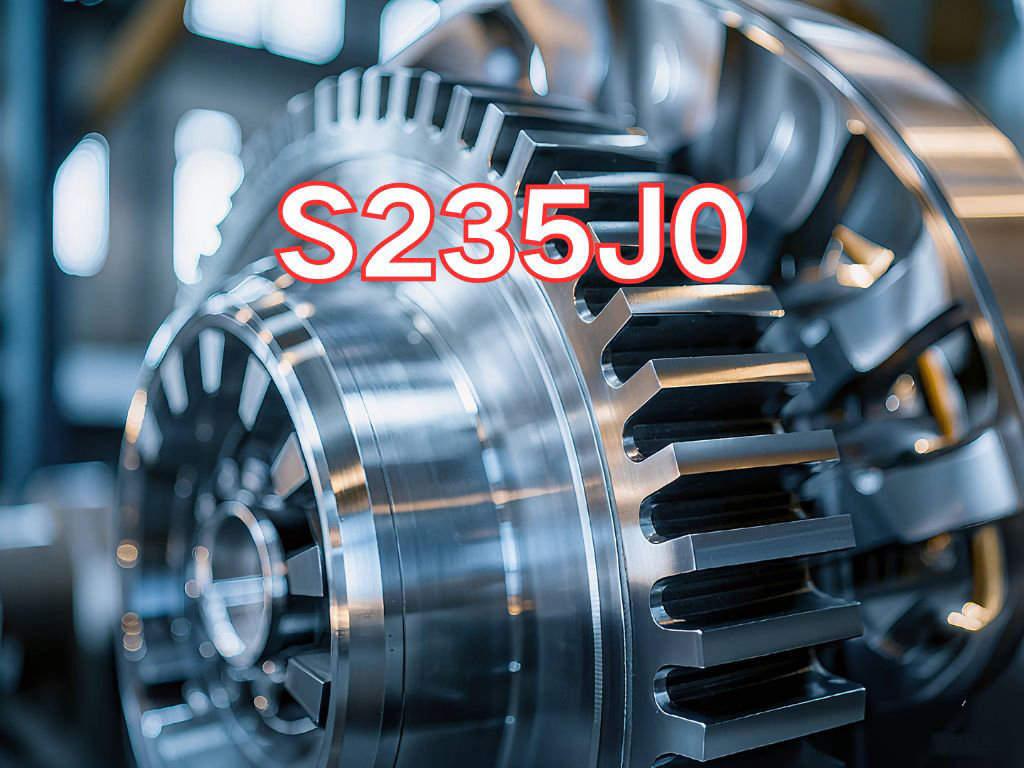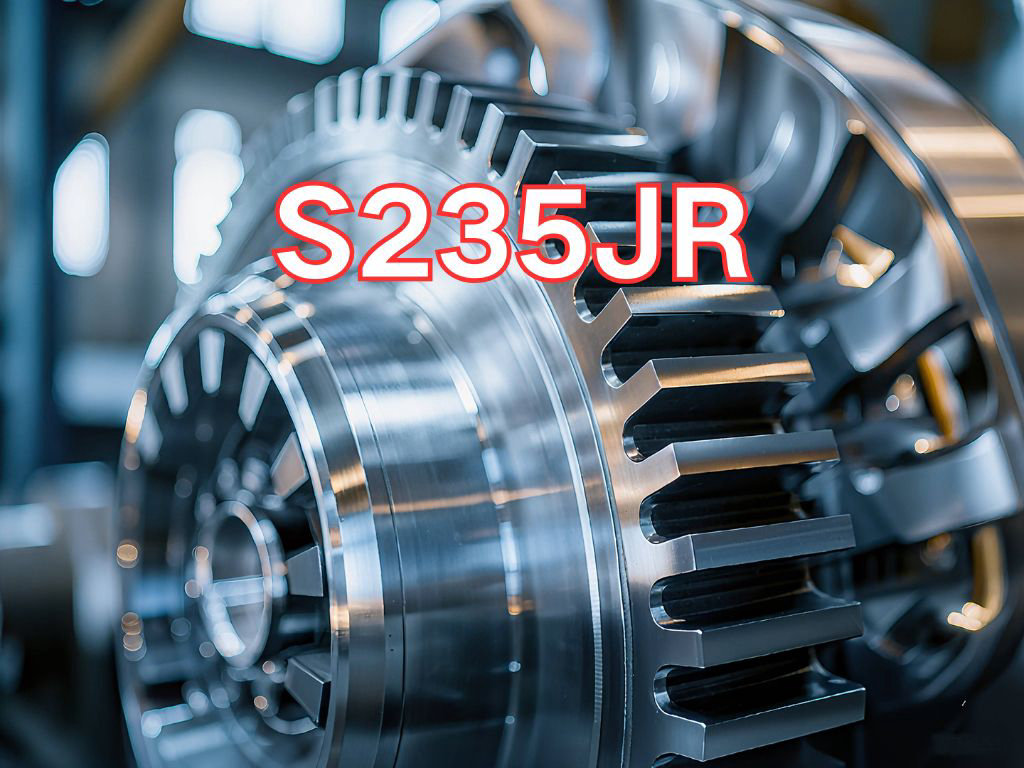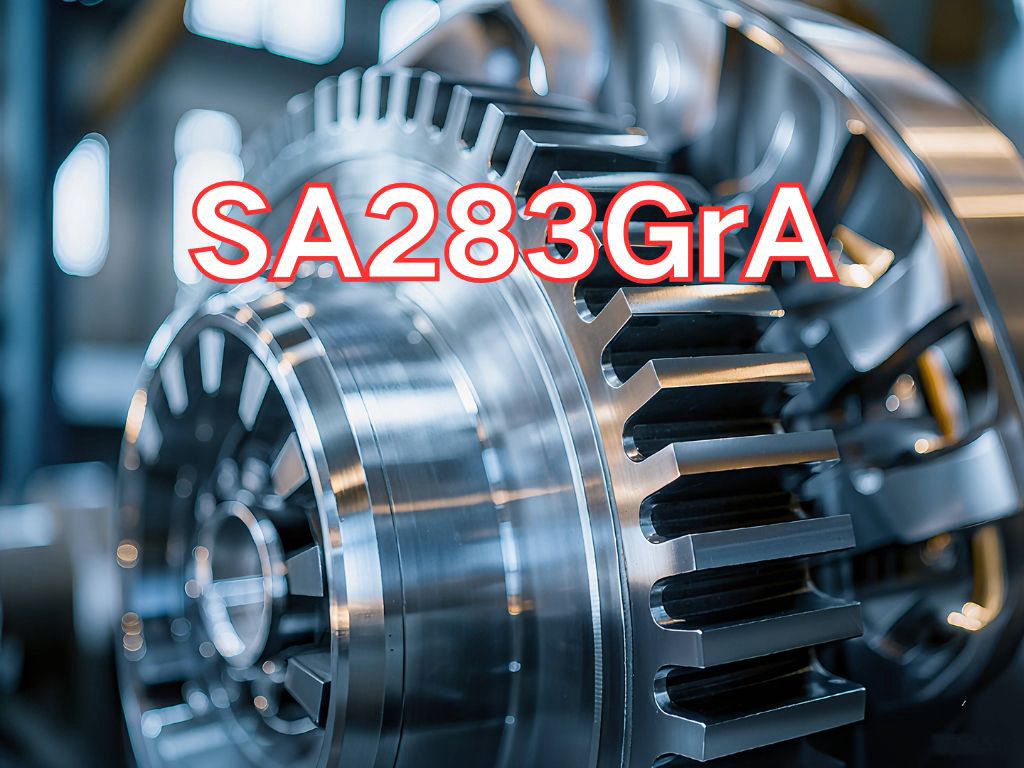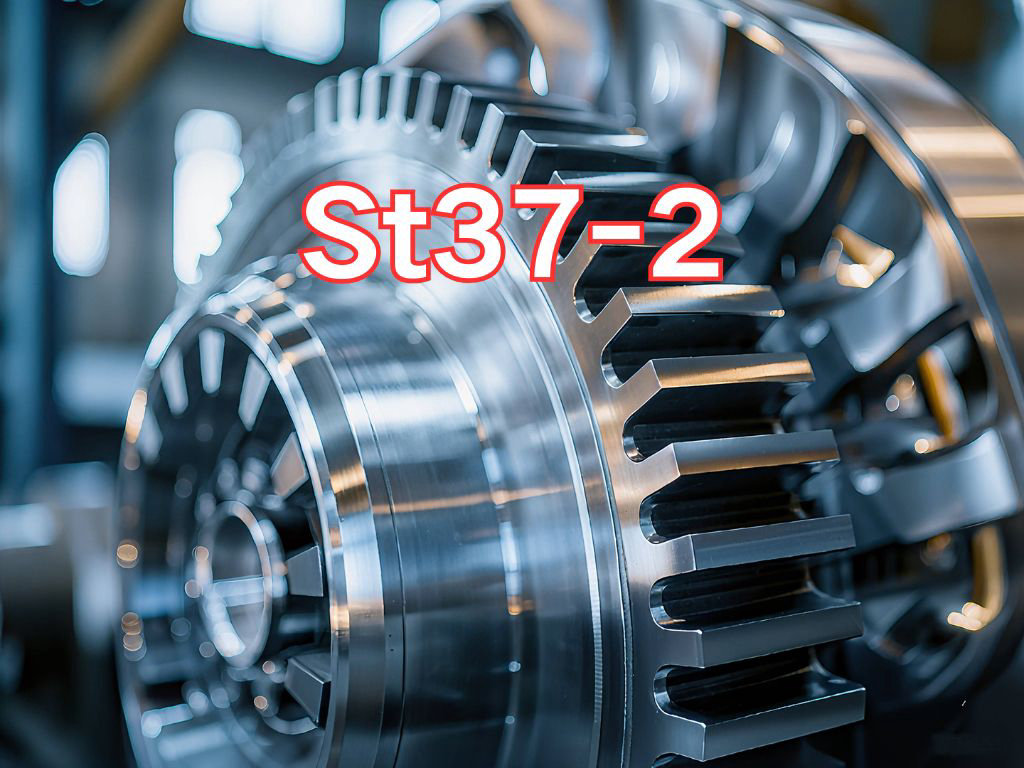

Q275A
Q275A is a carbon structural steel plate, with its designation conforming to the Chinese national standard GB/T 700-2006 "Carbon Structural Steels". This standard specifies the chemical composition, mechanical properties, delivery conditions, and testing methods for carbon structural steels, serving as the authoritative technical specification guiding the production and use of such steels in China.
The designation "Q275A" has a clear meaning:
"Q" stands for the first letter of the Chinese pinyin "Qufu," meaning "Yield," indicating that the steel's performance is based on its specified yield strength.
"275" indicates the specified minimum upper yield strength (ReH) of 275 MPa. This positions Q275A as a medium-strength carbon structural steel, stronger than common grades like Q235 and Q215, but lower than higher grades such as Q345 (now Q355). It is suitable for applications requiring higher load-bearing capacity than ordinary low-carbon steels.
"A" represents the quality grade, being the first grade defined in the standard. According to GB/T 700-2006, Q275A steel does not guarantee impact toughness, meaning impact testing is not required. This implies lower requirements for low-temperature toughness, making it typically suitable for ambient or moderately varying temperature environments where primarily static loads are applied.
The primary application of Q275A steel plate is in the fabrication of general engineering structures and mechanical components that require moderate strength but have no special requirements for low-temperature toughness. Due to its relatively low cost and moderate strength, it is widely used across various industrial sectors. Typical applications include:
Construction and Steel Structures: Used to fabricate non-critical load-bearing components such as bracing members in workshops, simple platforms, stair railings, and fences.
Mechanical Manufacturing: Used for producing mechanical parts that require strength but operate under non-severe conditions, such as frames, bases, simple transmission components, and enclosures.
Transportation: Used in manufacturing ordinary truck bodies, agricultural machinery frames, and small transport equipment.
Household Goods and Hardware: Used for shelves, toolboxes, and storage equipment.
Its main characteristics include:
Medium Strength: A yield strength of 275 MPa provides better resistance to deformation than Q235 steel, suitable for designs requiring enhanced stiffness and load capacity.
Good Ductility and Weldability: As a type of low-carbon steel, Q275A has good ductility and cold-forming capability, making it easy to cut, bend, and weld, facilitating construction and manufacturing.
High Cost-Effectiveness: With mature production processes and low material costs, Q275A offers an economical and high-value structural material option.
No Guaranteed Impact Toughness: This is its main limitation. Without guaranteed low-temperature impact performance, Q275A is unsuitable for critical structural components in cold regions, under dynamic or impact loads, or in high-safety-demand applications such as bridge girders, pressure vessels, or equipment operating in low-temperature environments.

Ultrasonic Testing (UT)
A key non-destructive testing technique that uses high-frequency sound waves to detect internal flaws in steel plates. The probe emits sound waves, which reflect when encountering defects such as cracks or inclusions. The receiver captures the echoes, enabling precise determination of defect location and size. With high sensitivity, strong penetration, and fast inspection speed, UT effectively ensures internal quality, widely used in the production of heavy plates, pressure vessel plates, and other high-end products to guarantee safety and reliability.

Magnetic Particle Testing (MT)
A common surface inspection method that magnetizes the workpiece, causing leakage magnetic fields at surface or near-surface defects like cracks or inclusions, which attract magnetic particles to form visible indications. Simple to operate and highly sensitive, MT is suitable for rapid inspection of surface and near-surface flaws in ferromagnetic materials, widely used for online or offline inspection of plate edges, ends, and welds, ensuring product quality and safety.

Penetrant Testing (PT)
A non-destructive method for detecting surface-breaking flaws. A penetrant liquid is applied to the cleaned steel surface, allowing it to seep into defects such as cracks or pores. After removing excess penetrant, a developer is applied, causing the trapped penetrant to bleed out and form visible indications. Simple and cost-effective, PT is suitable for inspecting surface defects in various non-porous materials, commonly used for welds, castings, and complex components, effectively ensuring surface quality of steel plates.





